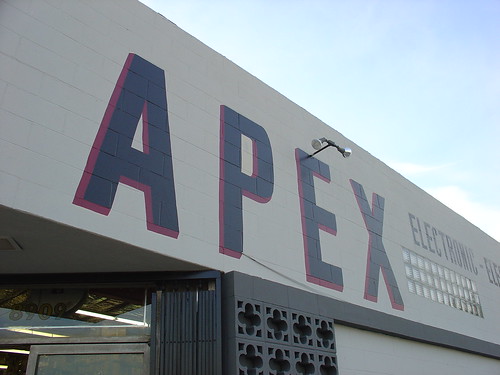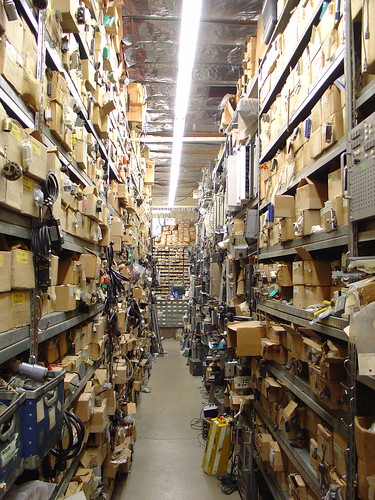But now a research team from NC State has developed a single “unified” device that can perform both volatile and nonvolatile memory operation and may be used in the main memory.

Full Release

 The mobile phone market continues to evolve from primarily voice communications devices to sophisticated organizational and entertainment “appliances.” With the arrival of smartphones, users enjoy feature-rich portability, such as an integrated MP3 players, video playback, video and still picture cameras, blue-tooth, and GPS--all with a touch screen interface.
The mobile phone market continues to evolve from primarily voice communications devices to sophisticated organizational and entertainment “appliances.” With the arrival of smartphones, users enjoy feature-rich portability, such as an integrated MP3 players, video playback, video and still picture cameras, blue-tooth, and GPS--all with a touch screen interface.



 We're all familiar with the noisy, "squelchy"-sounding audio that seems to characterize voice communications between astronauts and mission control during NASA space missions. Most of us don't give it a second thought, but a poster over at diyAudio wonders why does the audio have to be so bad?
We're all familiar with the noisy, "squelchy"-sounding audio that seems to characterize voice communications between astronauts and mission control during NASA space missions. Most of us don't give it a second thought, but a poster over at diyAudio wonders why does the audio have to be so bad?